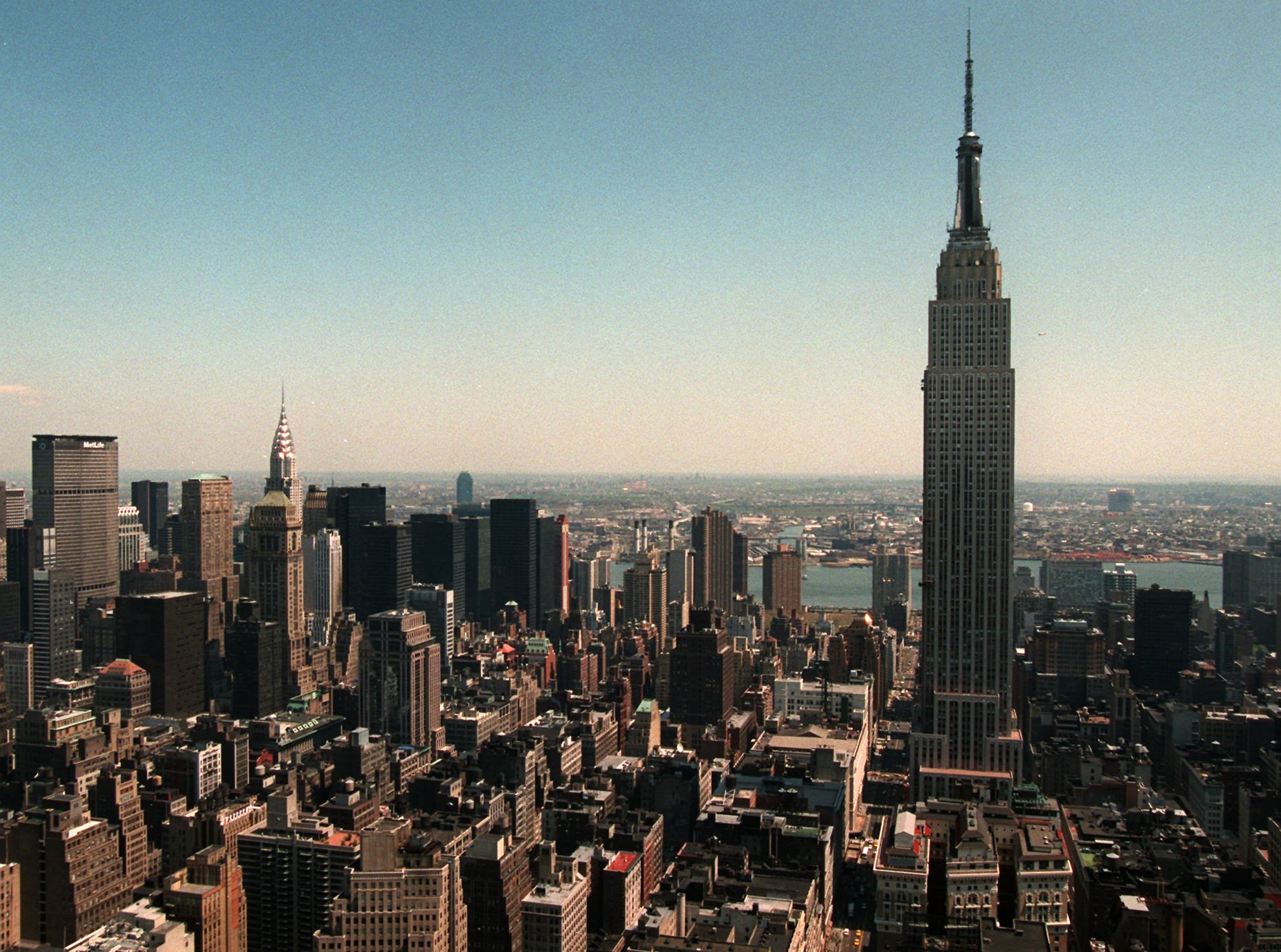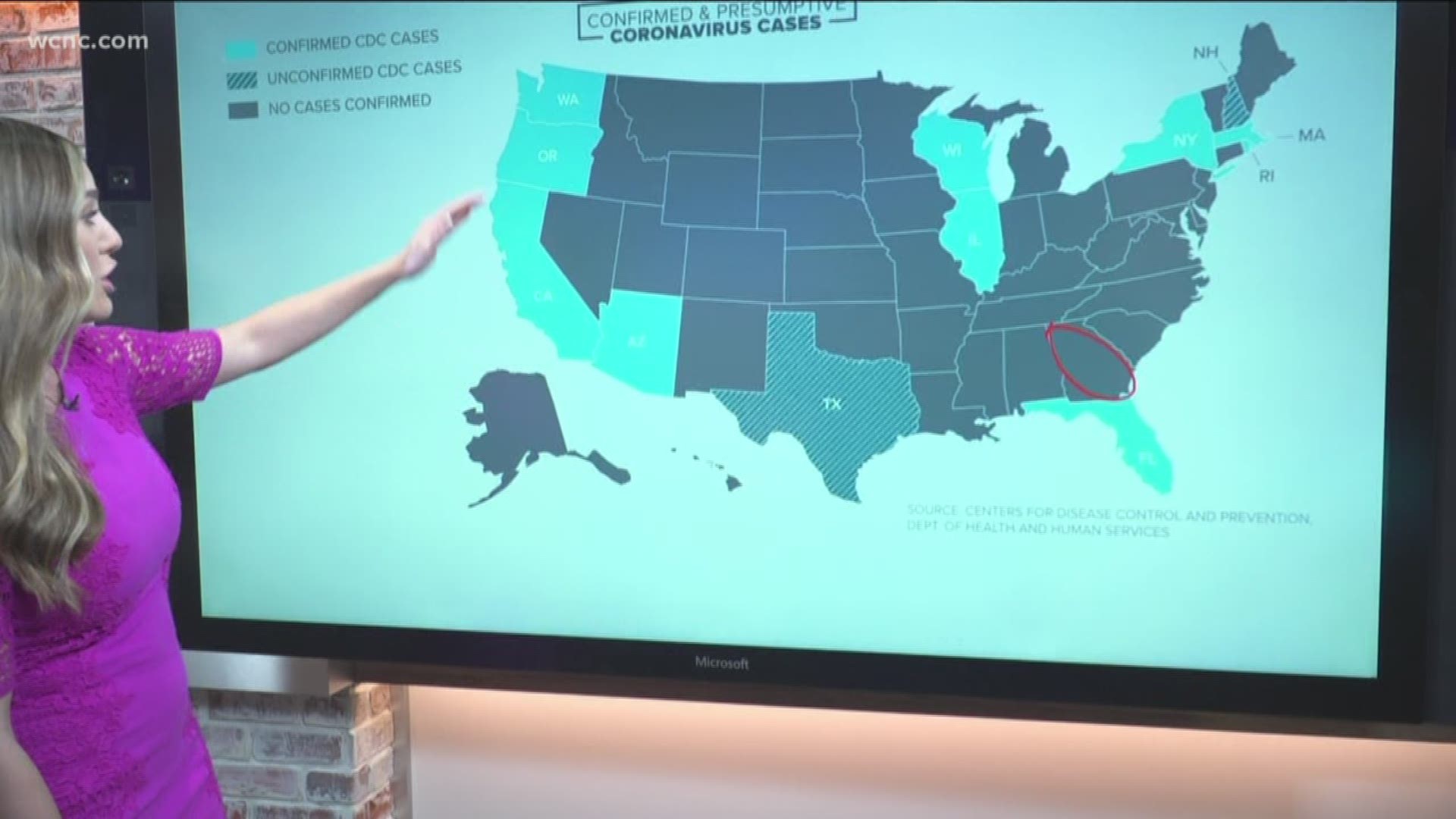Wind power may not be the cheapest, most efficient, or even most common form of renewable energy, but it is surely one of the most visually impressive methods of power generation. Anyone who has driven from Detroit to Toronto for instance can attest to the awe that comes from seeing dozens of windmills rising hundreds of feet into the air all turning in slow arcs with the wind. A new wind turbine design will put older smaller designs to shame though – if it can every get past the objections of environmentalists.
Canada, with lots of land, is an ideal place for many wind farms as are some of the most sparsely populated parts of the U.S. Those lightly populated and wide open spaces will be needed for the new turbines being designed by researchers at the University of Virginia, three other partner universities, and two U.S. national labs. The new turbines would rise more than 1,500 feet in the air and have blades more than 650 feet long. That height would make each of the turbines taller than the Empire State Building, and their rotating blades would occupy a plane roughly 1,300 feet wide. Turbines operating the new blades would generate 25 times as much power as current models – roughly 50 MW each.
Having wind turbines that rise roughly a quarter mile into the air means all sorts of design challenges, which is why the project is still in the planning phases. Environmentalists for instance are opposed to such turbines because they would potentially kill birds who are migrating through the area. Researchers had talked about moving the turbines offshore to help accommodate the space needs of the design, but environmentalists are still raising concerns about bird impacts. To be fair though, almost every form of energy generation encounters severe criticismfrom environmentalists whether that generation is renewable or conventional.
From a simple logistics perspective, constructing a man-made structures over 1,000 feet tall is always challenging, but that is particularly true when considering wind turbines. Turbines are manufactured off site and then assembled on site. But the challenge of transporting 656 foot long turbine blades is likely insurmountable.
Instead the blades will have to manufactured in small sections and transported one at a time. The design calls for these segmented blades to be able to spread out like a flower to capture more force from the wind as they rotate. The segments would be 131 to 164 feet in length – still long compared to a typical tractor trailer length of about 60-70 feet, but not unmovable as a 650 foot long section would be.
With wind power especially, the vast majority of the cost for the energy is in the upfront construction of the turbine. Thus, while these turbines will be much more costly than conventional turbines to construct, they will also generate significantly more energy. The real question then becomes which magnitude is larger.
Simulations suggest that the new turbines would generate 25 times more power than existing turbines. So if the new turbines cost less than 25 times as much to construct versus a traditional turbine, then they will make wind power more economical. If they cost more than 25 times as much, they will make wind power less economical.
Commercial wind turbines today generally cost $3-4 million (about $1.3 million to $2.2 million per MW – with the typical turbine generating 2 MW). So if the new turbines can come in for a cost of perhaps $20M – not unrealistic given back of the envelope calculations – they could lower the cost of wind power by as much as 60%.
OilPrice.com is a USA TODAY content partner offering oil and energy news and commentary. Its content is produced independently of USA TODAY.

![AP C01 SKYLINE 29 A USA AP [image : 82199190]](http://www.gannett-cdn.com/media/2016/03/24/USATODAY/USATODAY/635943982523245647-AP-C01-SKYLINE-29-1127901.JPG)

